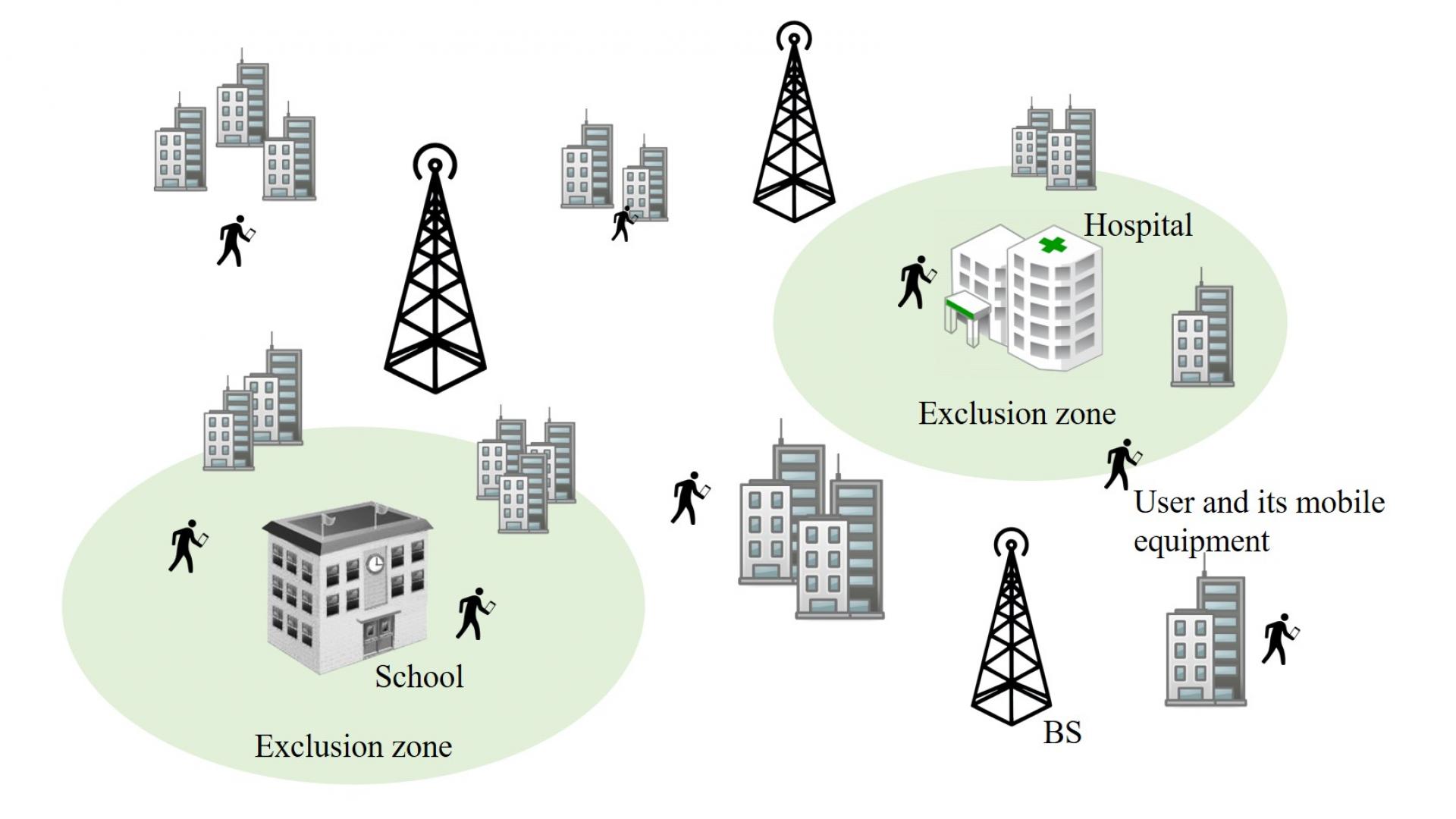Installing more BSs into the existing cellular infrastructure is an essential way to provide greater network capacity. However, a non-negligible amount of the population is concerned that such network densification will generate a notable increase in exposure to EMF.
CTL researchers studied three scenarios, including the downlink, uplink, and joint downlink&uplink exposure. They integrated the EMF restrictions set by the regulatory authorities (e.g., the maximum permitted EMF exposure and the minimum distance between BSs and restricted areas,) on the coverage performance and exposure analysis.
Furthermore, they formulated optimization problems on how to design EMF-aware cellular networks. The results are exciting, which show that the exposure from BSs is two orders of magnitude less than the maximum permissible level when the density of BSs is less than 20 BSs/km^2.
For more details, please refer to the attached video and the following publication:
L. Chen, A. Elzanaty, M. A. Kishk, L. Chiaraviglio, and M. -S. Alouini, “Joint Uplink and Downlink EMF Exposure: Performance Analysis and Design Insights”, in IEEE Transactions on Wireless Communications, 2023, DOI: 10.1109/TWC.2023.3244155




